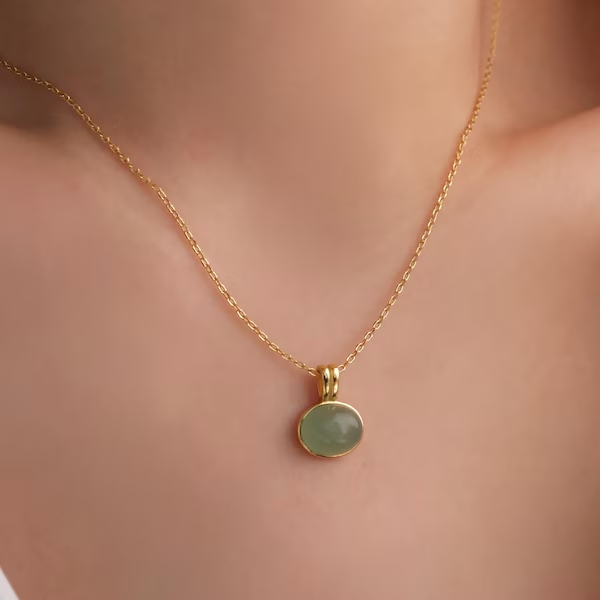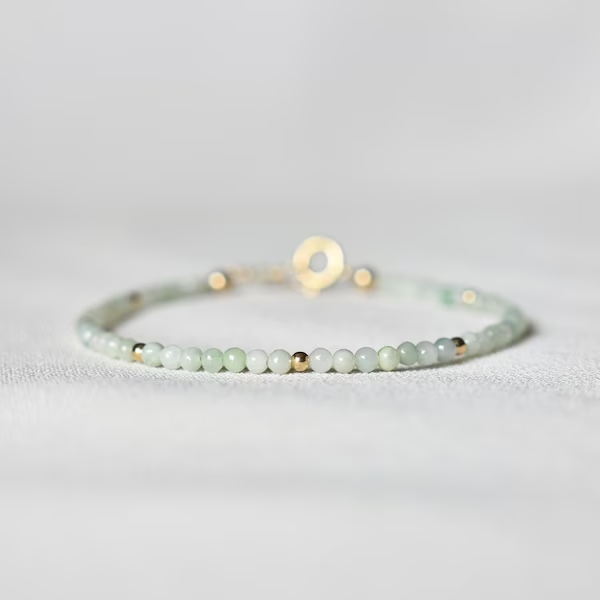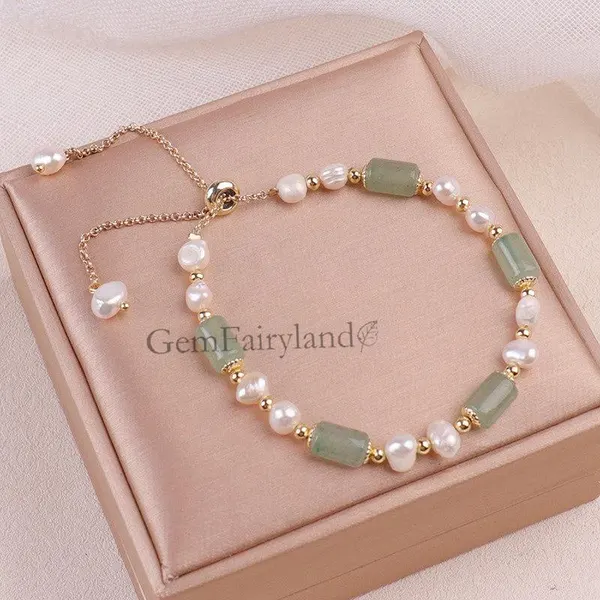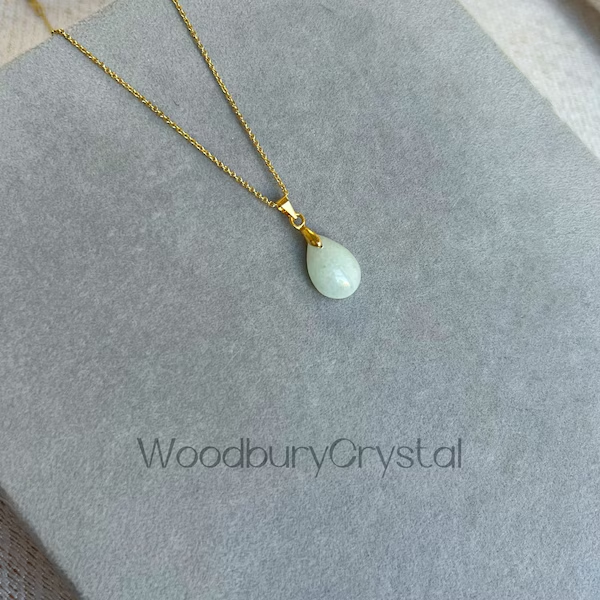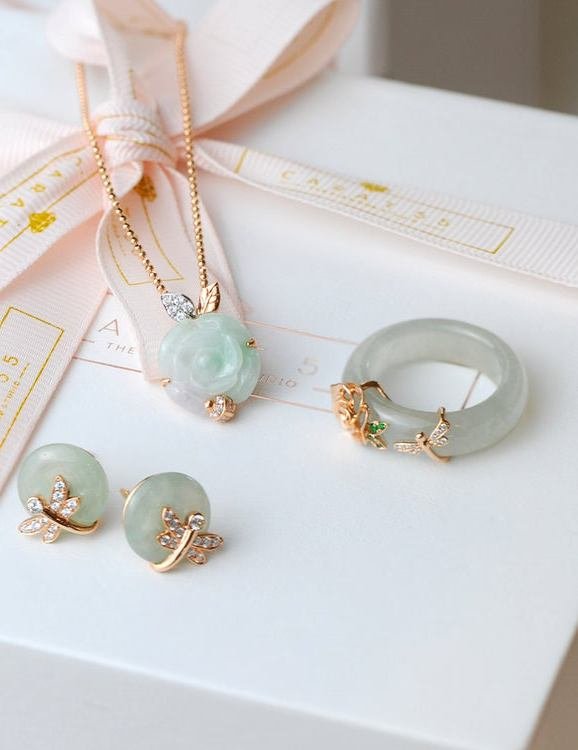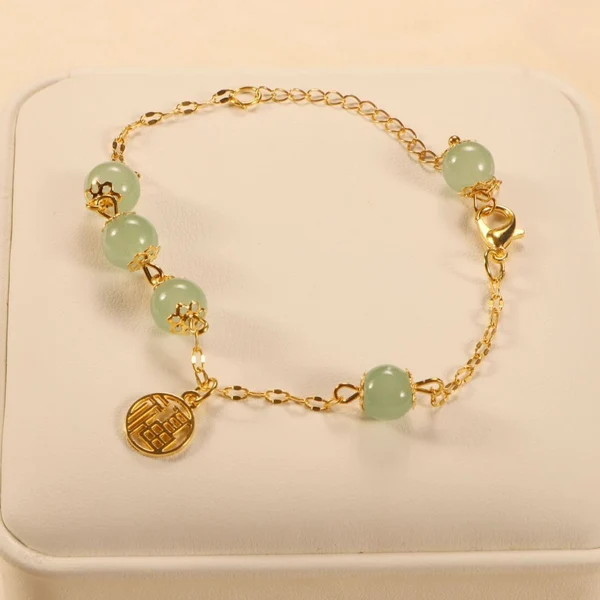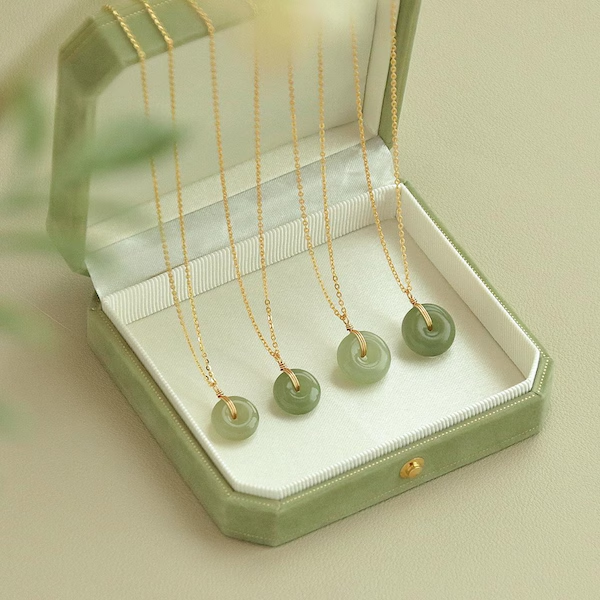Product categories
Real jade test at home
Easy and Reliable Methods to Identify Real Jade at Home for Collectors and Jewelry Enthusiasts
Jade has long been celebrated for its beauty, cultural significance, and value. From jewelry to decorative pieces, it is a gemstone that attracts collectors and enthusiasts worldwide. However, with the rise of imitation jade, it’s important to know how to test jade at home to ensure authenticity. Real Jade provides simple, practical, and safe methods to distinguish real jade from fake.
Why Authentic Jade Matters
Investing in genuine jade is not just about appearance; it’s about durability, value, and cultural integrity. Fake jade may look convincing but can lack longevity, scratch easily, and fade over time. Learning to identify real jade at home ensures you are buying or collecting authentic, high-quality stones.
Real Jade – Delivering Authenticity and Unmatched Quality
At Real Jade, quality is the foundation of every piece we provide. Each jade stone is carefully sourced from trusted origins and inspected to ensure authenticity, durability, and natural beauty. Unlike mass-produced imitations, our jade retains the unique fibrous texture, rich depth of color, and timeless elegance that only genuine jade can offer. Whether it is jadeite or nephrite, every item is selected for its purity and certified to meet the highest gemological standards, giving our customers complete confidence in their investment.
Beyond authenticity, Real Jade emphasizes craftsmanship and value. Our jade jewelry and stones are not only beautiful but also designed to last for generations. From bangles and necklaces to collector’s items, each piece embodies cultural heritage and spiritual symbolism while meeting modern quality expectations. By combining natural authenticity with professional expertise, Real Jade ensures that every customer experiences the true essence of this legendary gemstone.
Simple Home Tests for Real Jade
1. The Hardness Test
Jade is extremely hard. One of the easiest ways to test it:
Use a steel object or pin to gently scratch the surface.
Real jade resists scratching, while fake jade or glass will mark easily.
Pro tip: Always perform this test on a hidden area to avoid damaging valuable pieces.
2. Density Test
Real jade is denser than most imitation stones:
Weigh the jade accurately.
Submerge it in water and measure displaced volume.
Calculate density: Density = Mass ÷ Volume.
Genuine jade has a density of approximately 2.95–3.33 g/cm³.
3. Cold Touch Test
Real jade stays cool to the touch even in warm conditions:
Hold it against your cheek or hand.
Fake stones will warm up quickly, but genuine jade remains pleasantly cool.
4. Sound Test
Tap two pieces of jade gently:
Real jade produces a high-pitched, bell-like sound.
Fake jade gives a dull, hollow sound.
This test works well for beads, bracelets, and pendants.
5. Magnification Test
Examine your jade with a magnifying glass or jeweler’s loupe:
Look for fibrous or granular structures, typical of real jade.
Bubbles, artificial patterns, or overly smooth surfaces may indicate fake jade.
6. Soap and Water Test
Rub jade with mild soap and water:
Real jade feels slightly waxy and smooth.
Fake jade often feels plastic-like or slippery.
7. Light and Transparency Test
Hold the jade under a light source:
Genuine jade is slightly translucent, with subtle variations in color.
Fake jade often appears uniform, opaque, or artificially dyed.
8. Comparison Test
Compare with a known real jade piece:
Check weight, texture, sound, and temperature.
Real jade feels heavier and cooler, with natural color depth.
What is the most valuable type of jade?
Imperial green jadeite is the rarest and most valuable.

